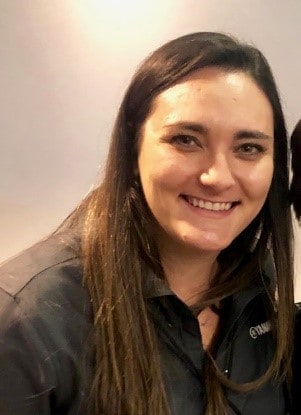Four Pillars to Build On in a VBP Environment
THE VBP Blog
[1/14/2021] In 2020, we took on the monumental task of evaluating all ten states that offered managed care programs for the Intellectual and Developmental Disabilities (I/DD) population. In our final blog of that series, we broke down our findings into four main pillars. These frameworks provided structure across the many different approaches over the ten states.
At the end of 2020, we offered our commitments as a company and in this blog we take a look at how those cross over.

4 Pillars of Reviewing Value-Based Care in I/DD Managed Care
- Time Matters: more than almost any other factor, the states that gave themselves time for a methodical rollout created successful programs. Most states have taken a phased approach in some form, with Wisconsin taking the unique approach of county-by-county and having relatively extraordinary success.
- Case Management’s Many Forms: all ten states took essentially ten different approaches on how to handle case management for their I/DD community. In all cases, Case Management moved from being an independent activity to being an extension of the state or MCO. The two top programs came from Tennessee and Wisconsin. provided Supports Coordination through the MCOs and set 10-day and 30-day goals giving them benchmarks to ensure they provide the best possible care. Wisconsin took the more unique approach with the IRIS (Include, Respect, I Self-Direct) Program, putting the choices back in the hands of the consumers.
- Managing Entities Variations: While many states leaned on the popular multi-state commercial MCO option, we did see a few states go for the state/local option. The main difference, the commercial MCO’s provided consistency within the state where the regional approaches had confusion and mistakes.
- Provider-led Care is the Future: The most recent approaches to care in North Carolina and New York are much more flexible and create whole-person approaches. These options focus on the consumer and enhancing care.
Similar to the four pillars above at the end of 2020 we set 4 guideposts for how we would approach 2021. We feel those commitments, in many ways, cross over with the guidelines set above. Here’s what we mean:
Our 2021 Commitments
- Reach Beyond Our Comfort Zone – Time Matters – by challenging ourselves we were able to expand and grow in the past year. As states have taken on new programs, they have had to reach beyond their comfort zone as well. By taking the time to learn and understand new processes, they can build successful managed care programs.
- Evaluate New Models of Doing the Work We Do – Case Management’s many forms – there are many new opportunities to help our clients and as we take on new models, evaluate for effectiveness, and assess our ability to deliver results we are able to refine our services. Case management is in a similar boat and many states are constantly learning the best way to provide effective care coordination. All ten states had a different approach and the best approaches were the flexible options, but success can be achieved when analysis is applied.
- Be Accessible – Managing Entities Variations – we believe being consistent and being accessible go hand-in-hand. As a company when we are more active in our community and flexible in our approach, we notice an increase in success. We continue to be agile and accessible to our clients and our community. Managing entities can be more effective and create more positive relationships through consistency in their programs and accessibility to their consumers. As they bend and grow so do their programs and their success.
- Stay True to Our Mission to be Advocates First – Provider-led Care is the Future – our mission is our core and it helps us guide our decisions in everything that we do. Provider’s, being the closest to the consumer, are best suited to offer whole-person care. Whole-person care offers high levels of coordination between health, behavioral health, and social services. As the first line of care, providers can create value-based care at a very high level.
Advocate's Perspective
The four pillars we have defined to help us break down the states I/DD programs will continue to guide us as we write future blogs. Our four pillars in business will continue to guide us for years to come. The crossover between the two give us an opportunity to explore how every day decisions can also be found in how state programs are structured. As you look at your state and how its program is being laid out, consider the four pillars we discussed and how they can help you develop and evolve your own offerings in a value-based environment.
Onward!
Share This Blog!
Get even more insights on Linkedin & Twitter

About the Author
Fady Sahhar brings over 30 years of senior management experience working with major multinational companies including Sara Lee, Mobil Oil, Tenneco Packaging, Pactiv, Progressive Insurance, Transitions Optical, PPG Industries and Essilor (France).
His corporate responsibilities included new product development, strategic planning, marketing management, and global sales. He has developed a number of global communications networks, launched products in over 45 countries, and managed a number of branded patented products.

About the Co-Author
Mandy Sahhar provides experience in digital marketing, event management, and business development. Her background has allowed her to get in on the ground floor of marketing efforts including website design, content marketing, and trade show planning. Through her modern approach, she focuses on bringing businesses into the new digital age of marketing through unique approaches and focused content creation. With a passion for communications, she can bring a fresh perspective to an ever-changing industry. Mandy has an MBA with a marketing concentration from Canisius College.